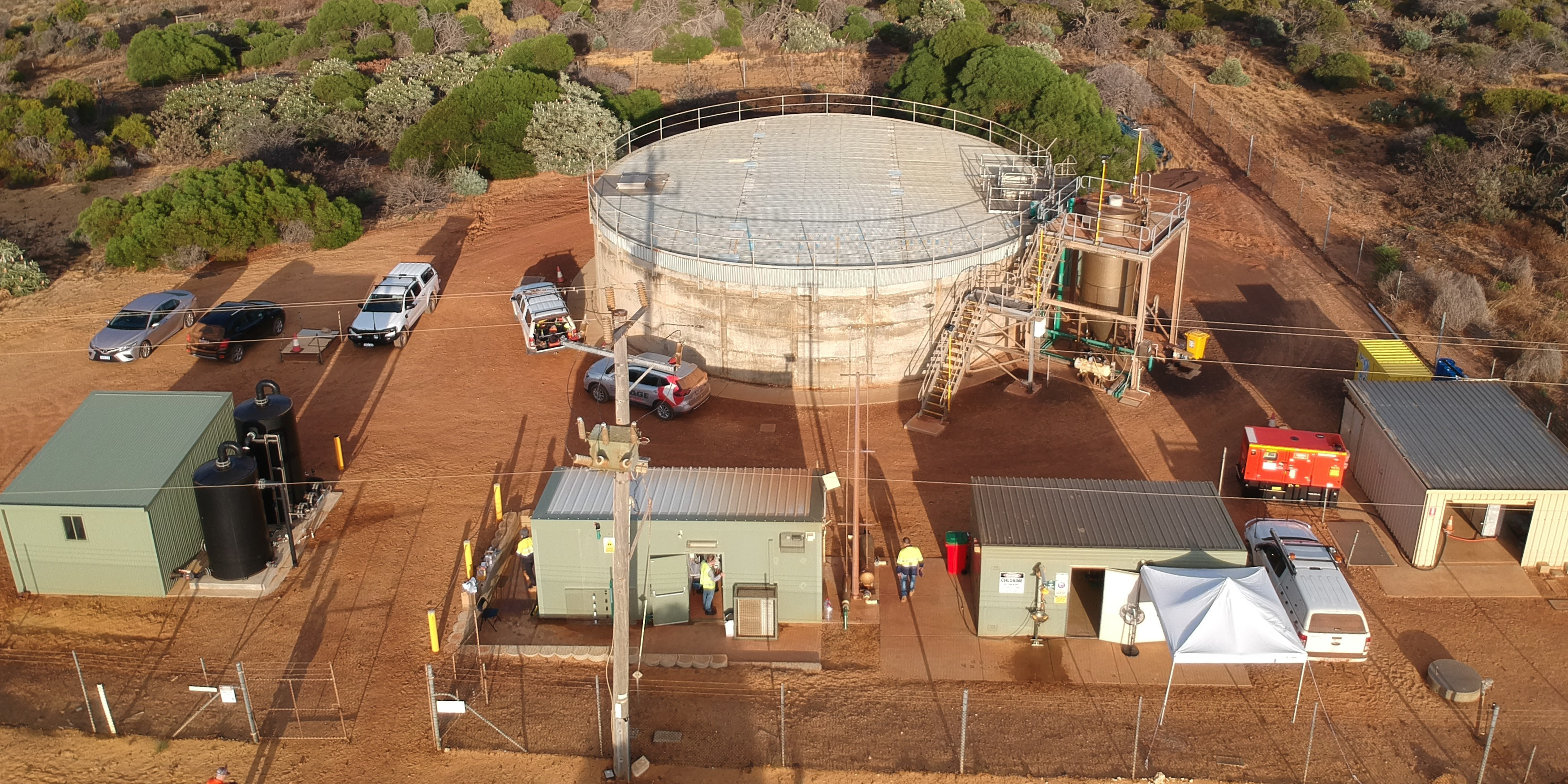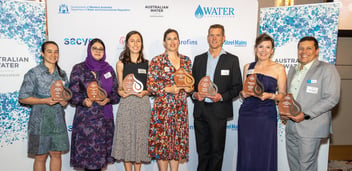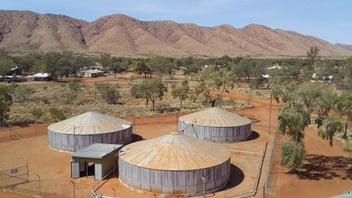Game-changing water treatment innovation tackles remote challenges

An Australian-developed water treatment technology is delivering safer, more efficient solutions for the water sector, eliminating chemical use, cutting costs and ensuring high-quality drinking water through a groundbreaking continuous electrochlorination process.
In December last year, Australian innovation was recognised on the world stage when Water Corporation won the Most Innovative Utility in Water Management at the International Desalination and Reuse Award World Congress 2024 in Abu Dhabi for the Horrocks CEC upgrade project.
Water Corporation Principal Water Treatment Engineer Luke Zappia said the project has been almost a decade in the making and stands as a testament to the power of collaboration, as well as the commitment of everyone involved.
“On the day I was informed we won the international prize, we also won two awards from the Institute of Public Administration Australia. So, on the same day, we won three awards in total. I’m very proud of what we’ve achieved,” he said.
“I’d like to acknowledge the support of my team (John Snow, Neasa Jorden, Damon Howes, Vince Pilot and Jarrod Bernadino), Mid-West Region operations (Andrew Snell, Lyle Scott, Kieren Moncrief, Jeremy Hanson, Glenn Gould and Stephen Greeve), and of course Rob Richardson from Hydro-dis,. Their dedication was outstanding.”
Zappia said the research project into CEC (continuous electrochlorination) commenced in 2015 to develop new technologies that could allow water treatment to transition away from hazardous chemicals, like chlorine gas and liquid hypochlorite.
"The CEC treatment adds another safe and reliable treatment tool for the water sector at national and global scales,” he said.
“It's not just for WA. Utilities and others in the water sector looking for oxidation and disinfection technologies can use it, too."
Addressing key challenges
Horrocks is a regional site about 500kms north of Perth. Before the CEC upgrade project, site visits were frequent, with long travel times for staff and logistical challenges for service providers delivering and handling chemicals.
"Horrocks' source water is high in aesthetics, particularly iron and manganese, and also total dissolved salts. It’s a very difficult water to treat and requires complex treatment to meet the Australian Drinking Water Guidelines,” Zappia said.
"Customer complaints about discoloured water and taste were persistent issues we wanted to address.
"We also had ageing and temporary infrastructure, which made maintaining production difficult. These challenges have been adequately resolved since CEC became operational in June 2023.”
Zappia said CEC consists of a low-voltage power supply and an electrochemical cell – a simple technology with a low footprint that’s easy to install, operate and maintain.
“Think of it like a saltwater pool chlorinator, but you don’t need to add salt to make hypochlorite to disinfect your water,” he said.
"Unlike other electrochemical technologies, CEC doesn’t require the preparation of a saturated salt brine or additional chemicals. It works with water containing more than 50 ppm of chloride."
"Western Australian groundwater, surface water and seawater desalination all have chloride levels far above that threshold. The technology is suited well for our water.”
Benefits abound
Since installing CEC at the Horrocks water treatment plant, Water Corporation haven’t had any customer complaints or dirty water events, and staff exposure to dangerous chemicals, like chlorine gas, has been eliminated.
"CEC has reduced operational and maintenance costs by up to 60% compared to chlorine gas. CEC innovative design features such as reverse polarity integration allows the cell to self-clean without the need for CIP chemicals, which reduces logistics for chemical exposure, use, transportation and greenhouse gas emissions,” Zappia said.
“With CEC, we’re not adding chemicals to the water. Instead, it converts naturally occurring iron and manganese into forms that can be removed through simple filtration. After filtration, the water is cleaner and purer, without any chemical aftertaste.”
Zappia said the technology is also highly adaptable, making it ideal for remote areas, disaster relief and locations with limited infrastructure or resourcing.
“We’ve tested it with solar PV and battery systems, so depending on your requirements it potentially doesn’t need to be grid-connected. It’s a standalone solution that could be deployed virtually anywhere in Australia,” he said.
Working wonders
While the technological innovations behind the CEC upgrade project are significant, Zappia said the project wouldn’t have been possible without collaboration.
“Curtin University Western Australia, Poitiers University in France, and Tübingen University in Germany were instrumental in the R&D. Rob Richardson from Hydro-dis and support from small-to-medium enterprises were also crucial. Their insights helped us adapt,” he said.
“One of the unique aspects of this project was ensuring that our operations staff at Water Corporation were involved throughout. We paired researchers with staff at the coalface, which was valuable for both sides.
“This collaboration helped mature the technology into tangible and scalable industry outcomes. It was important to bring researchers and industry professionals together on the journey.”
Zappia said there were times during the project when significant roadblocks arose, including research hurdles and operational challenges.
“But the team’s perseverance was incredible. We worked late nights, had round-table discussions and eventually had those lightbulb moments that solved the problems. I’ll never forget the joy of those breakthrough moments. It was an incredible effort.”
Reflecting on the project, Zappia said the work was deeply fulfilling for everyone involved: “This is definitely a career highlight for me, not just for the innovation, but for the collaboration and the incredible outcomes we achieved as a team”.
“I look forward to seeing more CEC used across our industry and hearing and learning from the benefits it brings to those who choose a better way,” he said.
Interested in learning more about water treatment around Australia? Register for Ozwater’25 to hear from leading experts about the latest innovations.



